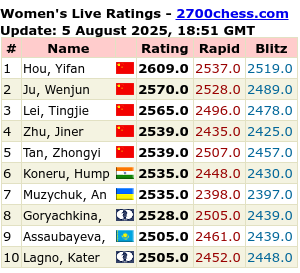It is a great feeling to solve a problem correctly, but even better to take more than just the raw solution from it.
Here, in what is a simple problem, I stared for some minutes trying to decide between Qxh3 and Rxf3, but unable to choose one, the other or something else, I took a break, came back and actually thought about what I was trying to achieve.
As soon as I did that for each move, it was simple. "Qxh3 forces Kg1, which must be good" , but instead of saying " what move is next", it is so much better to visualise the final mating position ( Qg2 will mate the King ), and doing this gives an instant answer of how to get there, with some minimal calculation afterwards to prove the solution.
 |
| White to play |
Something similar below, in what appears to be a scary position for White, who has 4 pieces under threat, including the Queen !
 |
| White to play |
For example, cxb3 threatens the Queen as well as taking a piece, but is met easily by either Qxb5 or even Qxb7.
Playing c6 to protect the Bishop on b7 and attack the Queen seems better, but Black responds easily to this as well.
Nc6 forks the Queen and Rook, but the response of Rxe2 seems to offer Black a way out.
So here, as well as verbalising the threats and position, because White is experiencing so many threats, the active moves need to both rescue White pieces and threaten Black, preferably with multiple, or stronger, threats on each move.
Once this is realised the solution unfolds...
As always, Chess is a straightforward and very logical game, but achieving this over the board in game conditions is not always easy to do !
As a final note, checking the full game of the last problem, just to see what was actually played in the game, it was somehow nice to see that White was not a super GM, but rather an enthusiastic IM called Cenek Kottnauer, a Czech player who emigrated to England in the 1950s.
Not only did he find the correct combination, going on to win that game from 1946, but he also achieved a rare thing in a later tournament in that he won all his games (9 of them) in the 1961 Beverwijk Masters, now known as the Tata Challengers tournament in Wijk-aan-Zee.
An obituary from William Hartston reveals a bit more about the man.
"Despite these fine results, many will remember Cenek Kottnauer most fondly for the evening classes he gave at Morley College in London, when he would walk round demanding, not better chess from his class, but greater signs of emotion and enjoyment.
If he did not hear shouts of joy and anguish and the crash of pieces being banged down, Kottnauer felt his pupils were not entering into the true spirit of the game.
He was never quite able to transplant the fervour of Prague coffee-house chess to south London, but he did teach his colleagues in the English team a great deal about self-discipline and commitment"
Difficult to argue with enjoyment, self-discipline and commitment, in chess or any other part of life.


0 comments:
Post a Comment